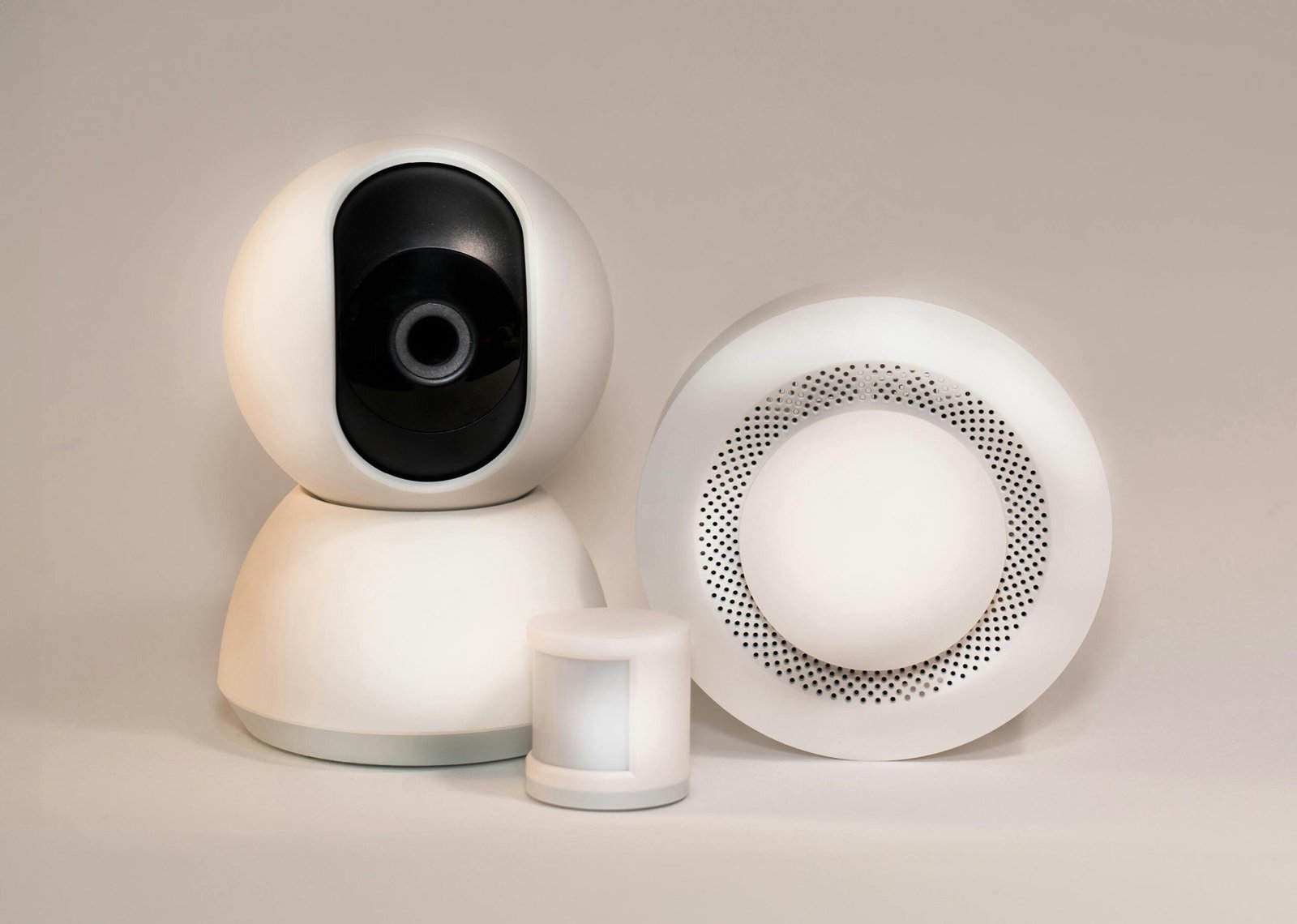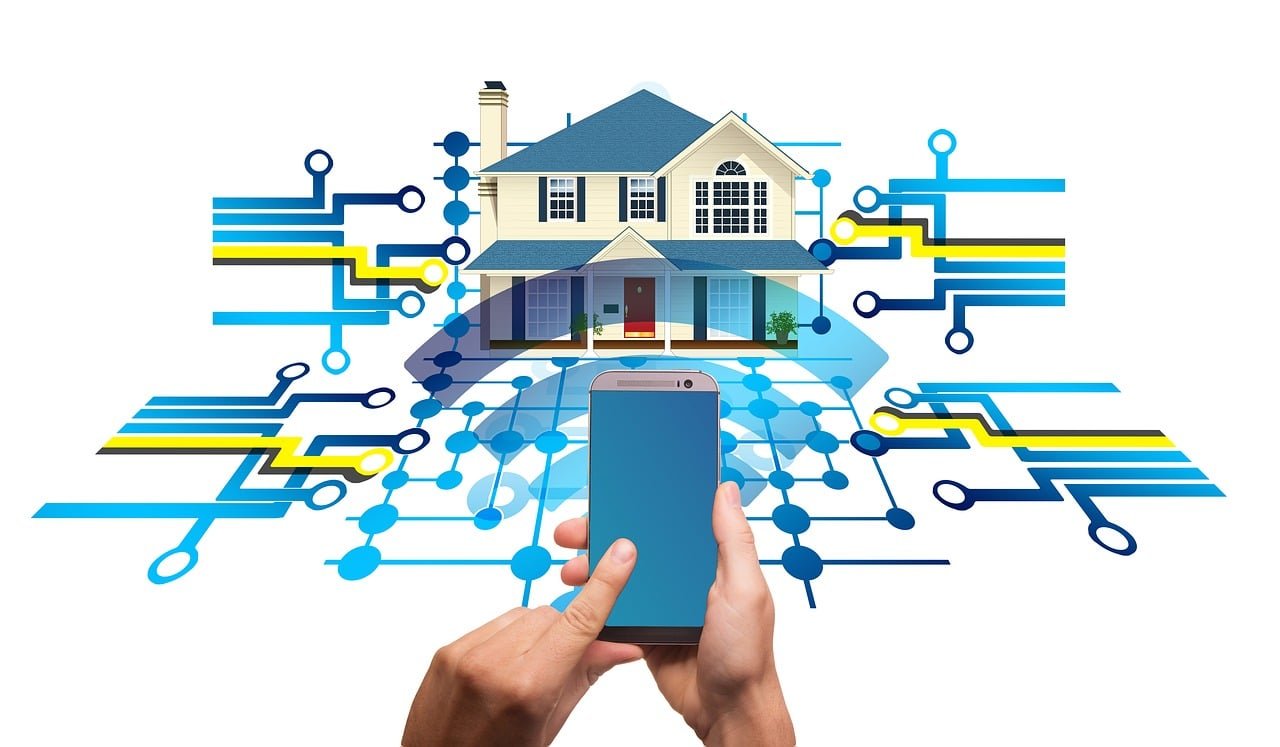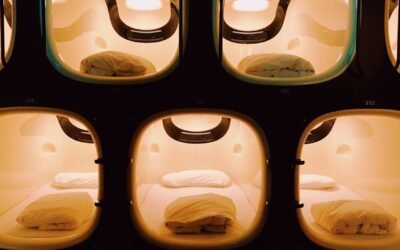The allure of a smart home – lights that adjust to your mood, a thermostat that tailors the temperature to your preferences, and appliances that respond to your voice commands – is undeniable. But behind the convenience lies a crucial consideration: security. The protocol your smart home devices use plays a significant role in how vulnerable they are to hacking. Let’s explore how different protocols impact the security landscape of your smart home.

The Cloud vs. Local Control: A Balancing Act
There are two main approaches to smart home communication: cloud-based and local control. Cloud-based protocols, like Tuya, rely on the manufacturer’s servers to relay communication between your devices and the app you use to control them. This offers convenience, allowing access from anywhere with an internet connection. However, it introduces a central point of vulnerability – the cloud itself. If a hacker breaches the cloud server, they could potentially gain access to a vast network of connected devices.
Local control protocols, like Zigbee, create a mesh network. Devices directly communicate with each other and a central hub within your home, bypassing the cloud entirely. This eliminates the reliance on a single point of entry and offers greater control over your data. Even if the internet goes down, your smart home remains operational. However, local control protocols might require a separate hub for setup and may limit access from outside your home network.
Encryption: The Digital Shield
Security isn’t just about where data travels; it’s also about how it’s protected. Strong encryption is crucial, scrambling data into an unreadable format even if intercepted. Reputable smart home protocols, regardless of cloud-based or local control, should implement robust encryption standards.
When choosing devices, look for certifications like WPA2 (Wi-Fi Protected Access II) or AES (Advanced Encryption Standard). It’s also important to choose manufacturers with a proven track record of security updates and data privacy practices. Be wary of devices with limited information on their security protocols.
The Password Paradox: Convenience vs. Strength
Many smart home devices require passwords for setup and access. Here’s the catch: convenience often clashes with security. Simple passwords are easily cracked, while complex ones are difficult to remember.
A good compromise is to use strong, unique passwords for each device and enable two-factor authentication whenever possible. This adds an extra layer of security by requiring a secondary verification code, typically sent to your phone, before granting access.
Building a Secure Smart Home
The smart home revolution offers undeniable convenience, but security shouldn’t be an afterthought. Here are some key takeaways to remember:
- Understand the protocol: Research the communication protocol used by your smart home devices. Cloud-based protocols offer convenience, while local control prioritizes security. Choose the one that best suits your needs.
- Prioritize strong encryption: Look for devices that implement robust encryption standards like WPA2 or AES.
- Choose reputable manufacturers: Opt for brands with a history of prioritizing security updates and data privacy.
- Practice strong password hygiene: Use unique, complex passwords for each device and enable two-factor authentication whenever possible.
By understanding how protocols impact security and following these tips, you can build a smart home that’s not only convenient but also secure, giving you peace of mind alongside the smart home experience.





